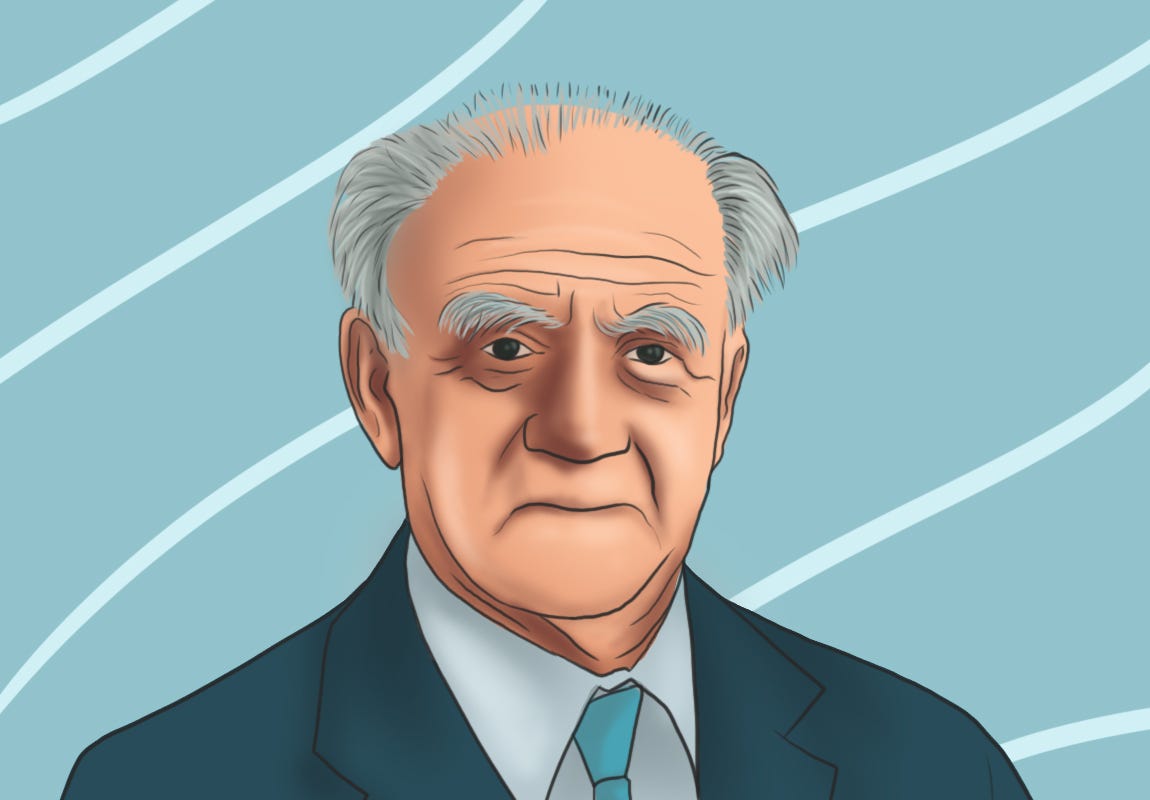Werner Karl Heisenberg was a German physicist and philosopher who discovered a way to formulate quantum mechanics in terms of matrices.
Werner Heisenberg was born on December 5, 1901, in Würzburg as the son of Dr August Heisenberg and Annie Wecklein. His father August Heisenberg, a scholar of ancient Greek philology and of modern Greek literature, was a lecturer at the University of Würzburg. Anna Wecklein was the daughter of the rector of Munich's elite Maximilians-Gymnasium.
Heisenberg attended Maximilian school in Munich, and he soon impressed his teachers with his skills in mathematics. In 1920, he joined the University of Munich to study physics. In the university, he became a student of Arnold Sommerfeld, an expert on atomic spectroscopy. Sommerfeld was an exponent of the quantum model of physics. In 1923, Heisenberg took his PhD from the University of Munich with a dissertation on hydrodynamics.
After his PhD, Heisenberg assisted German physicist and mathematician Max Born at the University of Göttingen, where he met Danish physicist Niels Bohr. In 1924, Heisenberg attained the necessary qualification to teach at the University level in Germany. Heisenberg worked with Bohr during 1924-25 with a Rockefeller grant at the University of Copenhagen.
In 1925, when he was 23, Heisenberg published his theory of quantum mechanics. Applications of his theory resulted in the discovery of allotropic forms of hydrogen. He published the paper titled Quantum – Theoretical Reinterpretation of Kinematic and Mechanical Relations. Max Born realised that this theory could be expressed using matrix algebra. Born, with his assistant Pascal Jordan, published their findings in the paper On Quantum Mechanics. By November 1925, Heisenberg, along with Born and Jordan, published On Quantum Mechanics II, which is also known as the three-man paper. On Quantum Mechanics II is regarded as the foundational document of new quantum mechanics.
During World War II, the Army Weapons Bureau drafted Heisenberg to work on the problem of nuclear energy.
In 1926, Heisenberg was appointed Lecturer in Theoretical Physics under Niels Bohr at the University of Copenhagen. Next year, he was offered the post of Professor of Theoretical Physics at the University of Leipzig. During his stint at Leipzig, he started to work on a research programme to create a quantum field theory by uniting quantum mechanics and relativity theory.
In 1927, Heisenberg put forward his Uncertainty Principle, which stated that the position and velocity of an object cannot be measured exactly, at the same time, even in theory. Heisenberg was awarded the Nobel Prize in Physics in 1932 for his contribution to quantum mechanics.
In 1937, Heisenberg married Elisabeth Schumacher, whom he first met at a concert. She was the daughter of an economics professor. The couple had seven children.
During World War II, the Army Weapons Bureau drafted Heisenberg to work on the problem of nuclear energy. However, he was unsuccessful in creating an atomic bomb or a reactor. In 1941, he accepted the position of Professor of Physics at the University of Berlin. He also served as Director of the Kaiser Wilhelm Institute for Physics there.
Heisenberg and other German physicists were taken prisoner by American troops at the end of World War II and were sent to England. In 1946, they returned to Germany. Heisenberg, with his colleagues, reorganised the Institute of Physics at Göttingen. In 1948, the institute was renamed Max Planck Institute for Physics.
In 1953, Heisenberg became the president of the Alexander von Humboldt Foundation. During his tenure, Heisenberg focused on expanding the foundation’s policies and played a significant role in inviting scientists from other countries to Germany and helping them work there.
In the 1960s, Heisenberg focused on the unified field theory of elementary particles. He thought that it was the key to comprehend the physics of elementary particles.
Heisenberg received several accolades during his lifetime. He received honorary doctorates from the University of Bruxelles, the University of Budapest, and the Technological University of Karlsruhe. He was awarded the Grand Cross for Federal Services with Star and also the Order of Merit of Bavaria.
Heisenberg was also interested in music, and he was also a distinguished pianist.
Werner Heisenberg passed away on February 1, 1976.
Thank you for listening. Subscribe to The Scando Review on thescandoreview.com.
Happy Teaching!














Werner Heisenberg: One of the key pioneers of the theory of quantum mechanics